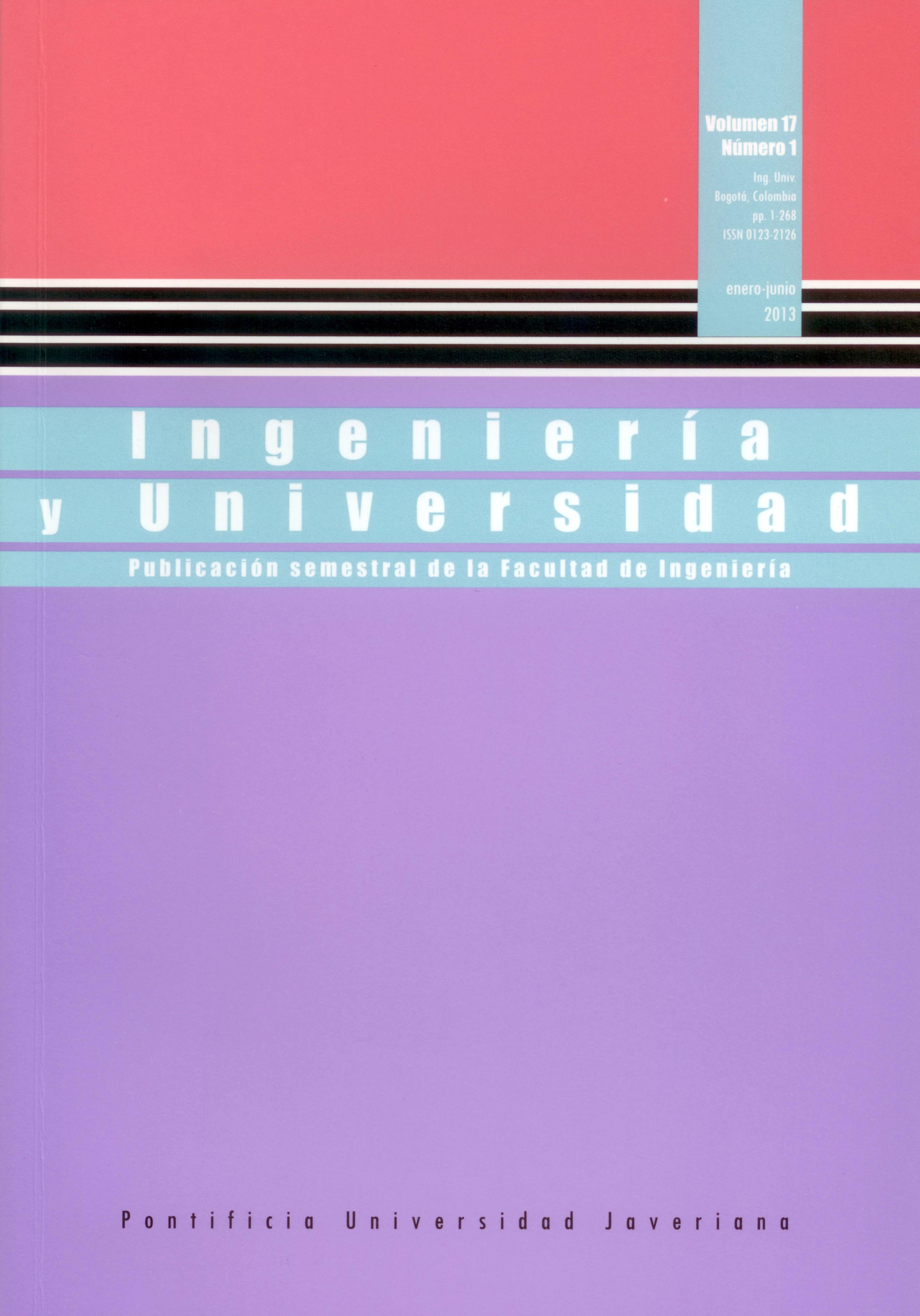Resumen
Las entrevistas son las técnicas de elicitación más utilizadas en la ingeniería de requisitos (IR); sin embargo, existen pocos trabajos de investigación experimentales centrados en estas técnicas. Recientemente hemos experimentado para analizar la efectividad de las entrevistas estructuradas y de las no estructuradas. Uno de estos trabajos se ha sumado a otros en el campo de sistemas de información para conformar una base de estudios. Aunque los estudios metanalizados parecen similares según sus diseños, fijándonos en las amenazas a la validez se identifican más diferencias que similitudes. El análisis de estas amenazas puede ser un medio para identificar variables moderadoras y comprender cómo mejorar el diseño de futuras replicaciones para generar nuevas evidencias y mejorar resultados de los metanálisis. Se muestra un procedimiento para lograr este objetivo.
AGARWAL, R. y TANNIRU, M. R. Knowledge acquisition using structured interviewing: an empirical investigation. Journal of Management Information Systems. 1990, vol. 7, núm. 1, pp. 123-140.
BECH-LARSEN, T. y NIELSEN, N. A. A comparison of five elicitation techniques for elicitation of attributes of low involvement products. Journal of Economic Psychology. 1999, núm. 20, pp. 315-341.
BELL, T. E. y THAYER, T. A. Software requirements: are they really a problem? Proceedings 2nd International Conference on Software Engineering (ICSE’76). 1976, pp. 61-68.
BREIVIK, E. y SUPPHELLEN, M. Elicitation of product attributes in an evaluation context: A comparison of three elicitation techniques. Journal of Economic Psychology. 2003, vol. 24, pp. 77-98.
BROWNE, G. J. y ROGICH, M. B. An empirical investigation of user requirements elicitation: Comparing the effectiveness of prompting techniques. Journal of Management Information Systems. 2001, vol. 17, núm. 4, pp. 223-250.
CARRIZO, D.; DIESTE, O.; JURISTO, N. y LÓPEZ, M. Estudio experimental de la efectividad de la entrevista abierta frente a la entrevista independiente de contexto. Actas del 14th Workshop on Requirements Engineering. Río de Janeiro, Brasil. 2011, pp. 297-308.
DIESTE, O. y JURISTO, N. Systematic review and aggregation of empirical studies on elicitation techniques. IEEE Transaction on Software Engineering. 2011, vol. 37, núm. 2, pp. 283-304.
HICKEY, A.; DAVIS, A. y KAISER, D. Requirements elicitation techniques: Analyzing the gap between technology availability and technology use. Comparative Technology Transfer and Society. 2003, vol. 1, núm. 3, pp. 279-302.
JURISTO, N. y VEGAS, S. Using differences among replications of software engineering experiments to gain knowledge. Third International Symposium on Empirical Software Engineering and Measurement, Florida, EE. UU. 2009, vol. 15-16, pp. 356-366.
KITCHENHAM, B.; DYBA, T. y JORGENSEN, M. Evidence-based software engineering. Proceedings 26th International Conference on Software Engineering (ICSE’04). Edinburgh, UK, May 23-28 2004.Washington: IEEE Computer Society, pp. 273-281.
LEUSER, J.; PORTA, N.; BOLZ, A. y RASCHKE, A. Empirical validation of a requirements engineering process guide. Proceedings 13th International Conference on Evaluation and Assessment in Software Engineering (EASE’09). UK, April 20-21, 2009, pp. 1-10.
MARAKAS, G. M. y ELAM, J. J. Semantic structuring in analyst acquisition and representation of facts in requirements analysis. Information Systems Research. 1998, vol. 9, núm. 1, pp. 37-63.
MILLER, J. Applying meta-analytical procedures to software engineering experiments. Journal of Systems and Software. 2000, núm. 54, pp. 29-39.
PITTS, M. G. y BROWNE, G. J. Stopping behavior of systems analysts during information requirements elicitation. Journal of Management Information Systems. 2004, vol. 21, núm. 1, pp. 203-226.
SWANSON, D. R. Two medical literatures that are logically but not bibliographically connected. American Society for Information Science. 1987, vol. 38, núm. 4, pp. 228-233.
WILLIG, C. Introducing qualitative research in psychology: adventures in theory and method. London: Open University Press, 2001.
Una vez aceptado un trabajo para publicación la revista podrá disponer de él en toda su extensión, tanto directamente como a través de intermediarios, ya sea de forma impresa o electrónica, para su publicación ya sea en medio impreso o en medio electrónico, en formatos electrónicos de almacenamiento, en sitios de la Internet propios o de cualquier otro editor. Este uso tiene como fin divulgar el trabajo en la comunidad científica y académica nacional e internacional y no persigue fines de lucro. Para ello el autor o los autores le otorgan el permiso correspondiente a la revista para dicha divulgación mediante autorización escrita.
Todos los articulos aceptados para publicación son sometidos a corrección de estilo. Por tanto el autor /los autores autorizan desde ya los cambios sufridos por el artículo en la corrección de estilo.
El autor o los autores conservarán los derechos morales y patrimoniales del artículo.


